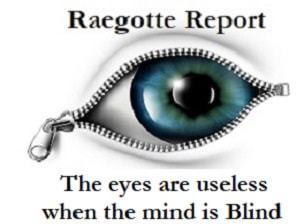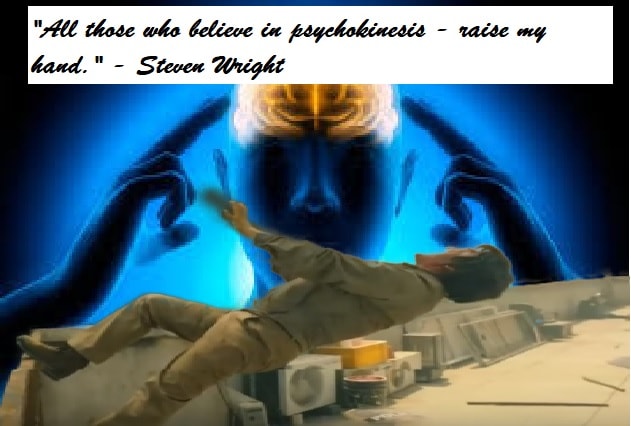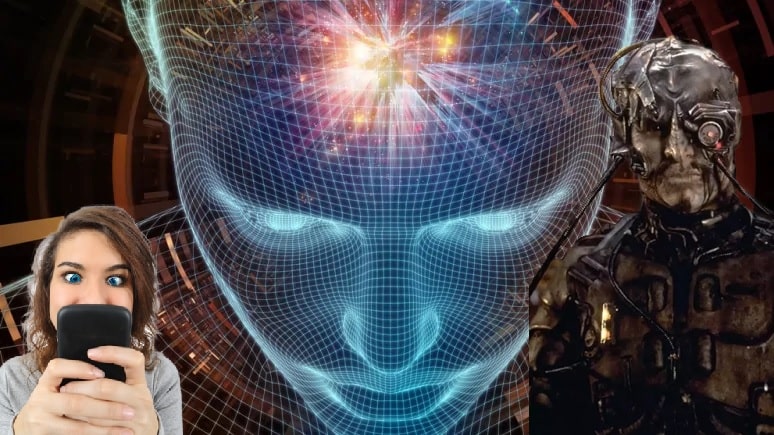Author: Carolyn Giardina
The views of the Author are not necessarily the views of Enigmose
Ben Grossmann wants to marry the physical and the digital, exploring what he describes as a mirror world — a "connection between a physical place and a digital copy of that place, so that it becomes accessible to anyone, anywhere."
The VFX vet is one of three Oscar winners who founded L.A.-based Magnopus, which has been innovating in areas like VR, AR and AI. Combining these opens up the potential to create what he calls a "new kind of movie theater" or other immersive environments: "We've been working on creating a digital twin of a very large site that's a few square kilometers, so that it will exist both in a physical world that people can go to and in a digital copy of that world that people can go to," he says of the site whose location is still under wraps. "Then we've been connecting those two worlds, so people in the physical world can look through a lens and see the digital world around them. People in the digital world will also have portals to see what the physical world looks like.
“It’s almost like a telepresence for physical people and digital people. We’ve had hundreds of people working on it for years and we still have a ways to go before it just works.”
He believes such development will only accelerate during COVID-19. “Instead of just looking through a camera’s lens and having a video conference, you can feel like you’re in the same place with another person,” he says. “This has to become a reality because right now people realize they can’t travel, they can’t spend time with other people in physical places. Even when they do come back, people are gonna have to behave differently.”
Full Article -Hollywood Reporter
Startup uses spatial intelligence tech to build 'mirror worlds'
Author: LU YAO
Deep Mirror creates virtual 3D city to design Pearl Bay infrastructure project
BEIJING -- As more 5G mobile networks come online and artificial intelligence matures, a relatively new technology is emerging that enhances views of the real world by linking spatial elements, images and data.
Called spatial intelligence technology, Chinese startup Deep Mirror is using it to create a "mirror world" -- a three-dimensional digital duplicate of environmental features such as land, roads and buildings that can be shared by multiple users in real time.
The technology has the potential to become integral to the development of even newer technologies and services through the use of 5G, AI and augmented reality.
According to Deep Mirror Chief Technology Officer Lei Jiabei, spatial intelligence transforms the current, two-dimensional human-computer interface into a three-dimensional one, enabling people to generate information in a more efficient and intuitive manner.
Helping develop smart cities is a good example of putting spatial intelligence technology to work, as Deep Mirror has shown in its Pearl Bay Mirror World, a joint project with Nansha District in Guangzhou.
The startup is led by an impressive cast of tech notables, including Hu Wen, former COO & Interim CFO of Pony.ai, a Chinese autonomous driving startup, and Qi Zichao, a gold medalist at the International Olympiad in Informatics. Other top brass include CTO Lei, a former member of Google X, a skunk works lab that has since been renamed X, as well as graduates of prestigious universities from around the world.
According to the company, the roughly 30 founding members have all put in time at some of the world's most respected tech companies, including Waymo, Google, Facebook, Baidu and drone developer DJI. Over half have worked for autonomous driving developers. Full Story - Nikkei Asian Review
Did Tom DeLonge Reveal A Secret Pentagon Telekinesis Program In A Radio Interview?
Government Interest in Telekinesis and Psychokinesis
Buckle up, campers, because this is a truly bizarre story. Of course, I don’t remember the last time I read a story about former Blink 182 frontman Tom DeLonge that didn’t wind up diving down one rabbit hole or another. This week, Tom did an interview with two DJs on radio station 91X in San Diego. He was promoting a new song that was just released by his current band, Angels and Airwaves. The hosts seemed thrilled to have him on as a guest and they clearly weren’t there to talk about DeLonge’s more “unique” work with To The Stars Academy, UFOs, aliens or any of the rest of the stuff that Tom’s regularly asked about these days. Instead, they kicked off the interview by asking him how he decided to release the single now and if he was trying to cheer people up during these dark times of the pandemic. Read More
VIDEO: Q Praises Shocking Out of Shadows Documentary and Millions Watch it
Underground documentary with no publicity landed on YouTube and amassed one million views in 24 hours
On April 10, an underground documentary with no publicity landed on YouTube and amassed one million views in 24 hours. Despite YouTube’s efforts to hide it, Out of Shadows continues to attract more than a million viewers a day, lifting the mask “on how the mainstream media and Hollywood manipulate and control the masses by spreading propaganda throughout their content.” Read 💥 Watch
Human Brain Successfuly connected to Android
Don't be Silly - Not a Cell Phone
Scientists at Stanford University pioneered eye tracking technology that utilizes eye motion to control computer interface devices, the mouse, keyboard and so forth. It is basically what future scientists will consider primitive, like comparing a lamborghini to a horseless carriage.
The next step in Stanfords BrainGate program hooked up a woman sufferring from Lou Gehrigs disease to a Nexus tablet, she was able to control the tablet with her brainwaves. This phase of the reseach bypassed the eyes and implanted a pill sized 100 channel electrode microarray directly into the segment of the patients brain that controls movement. Read More


